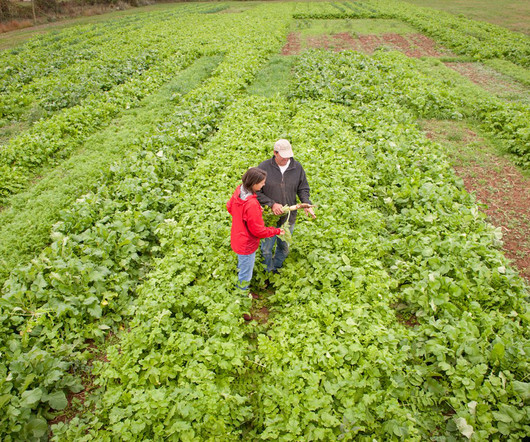Changing How We Farm Might Protect Wild Mammals—and Fight Climate Change
Civil Eats
MAY 6, 2024
land, with cropland expanding by 1 million acres per year, fueling habitat loss for wildlife and mammals. First of all, farmland reduces mammals’ natural habitats and diminishes their ability to find shelter as well as food and prey, explained Koen Kuipers, a researcher at Radboud University in the Netherlands.











Let's personalize your content